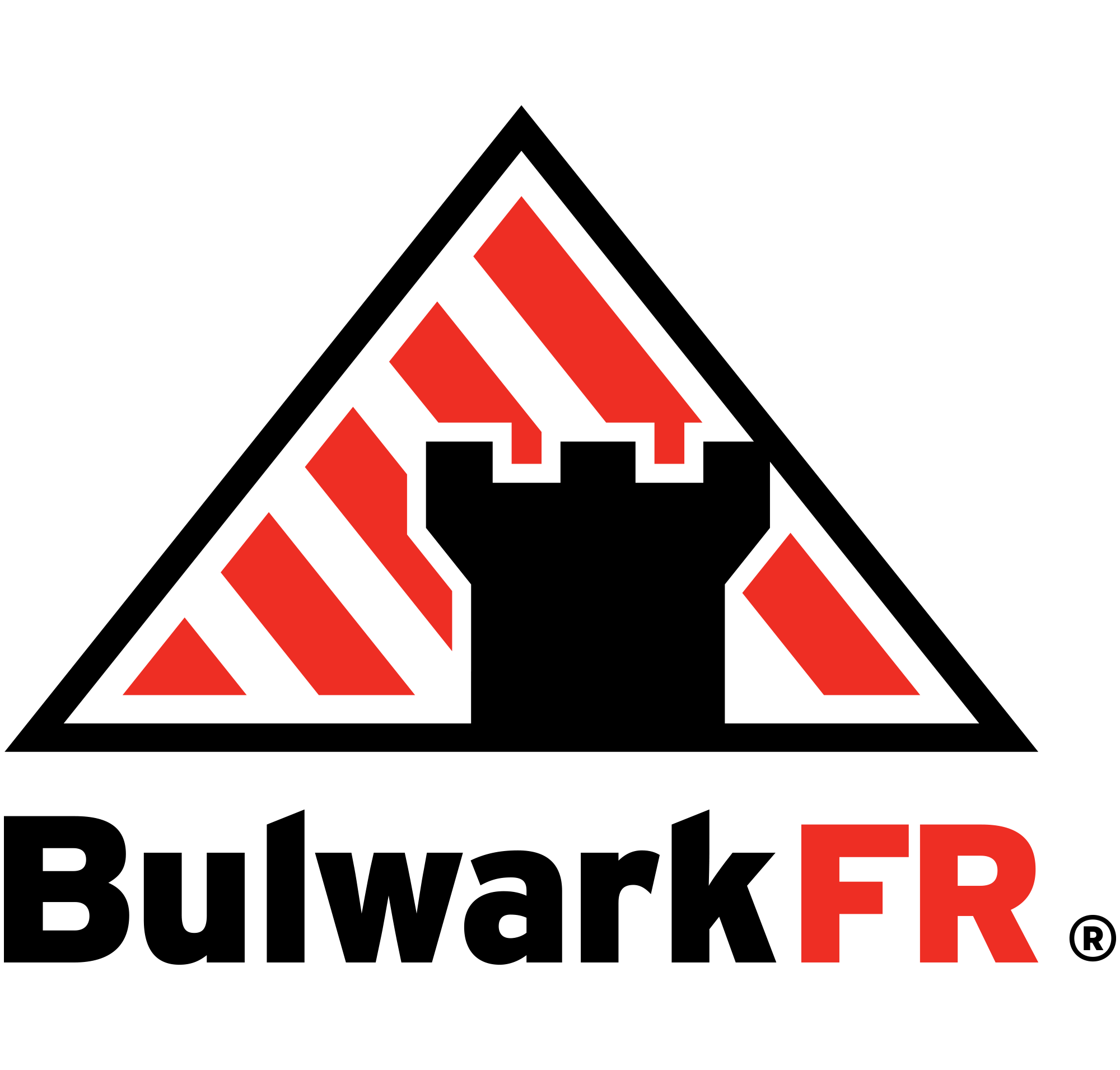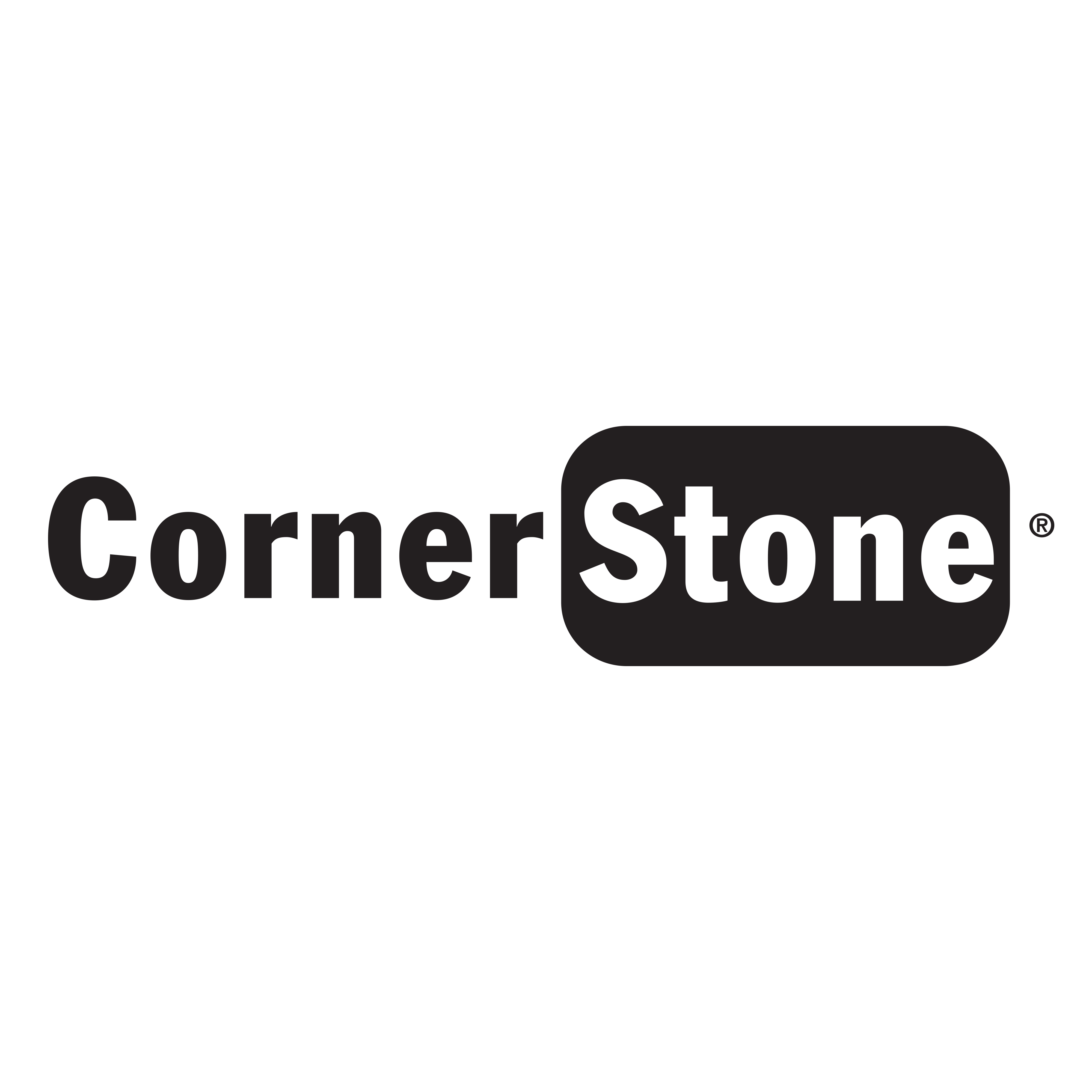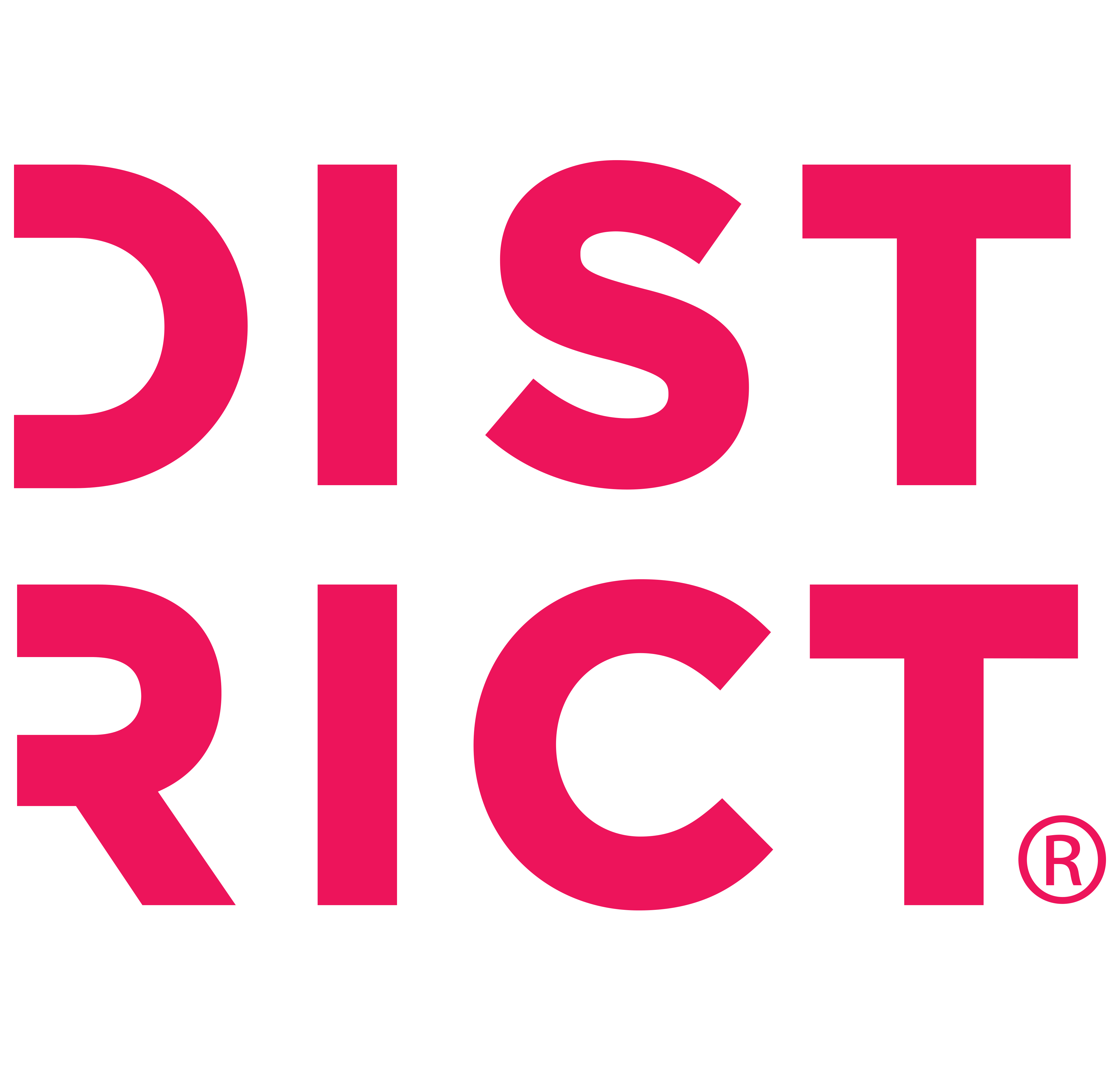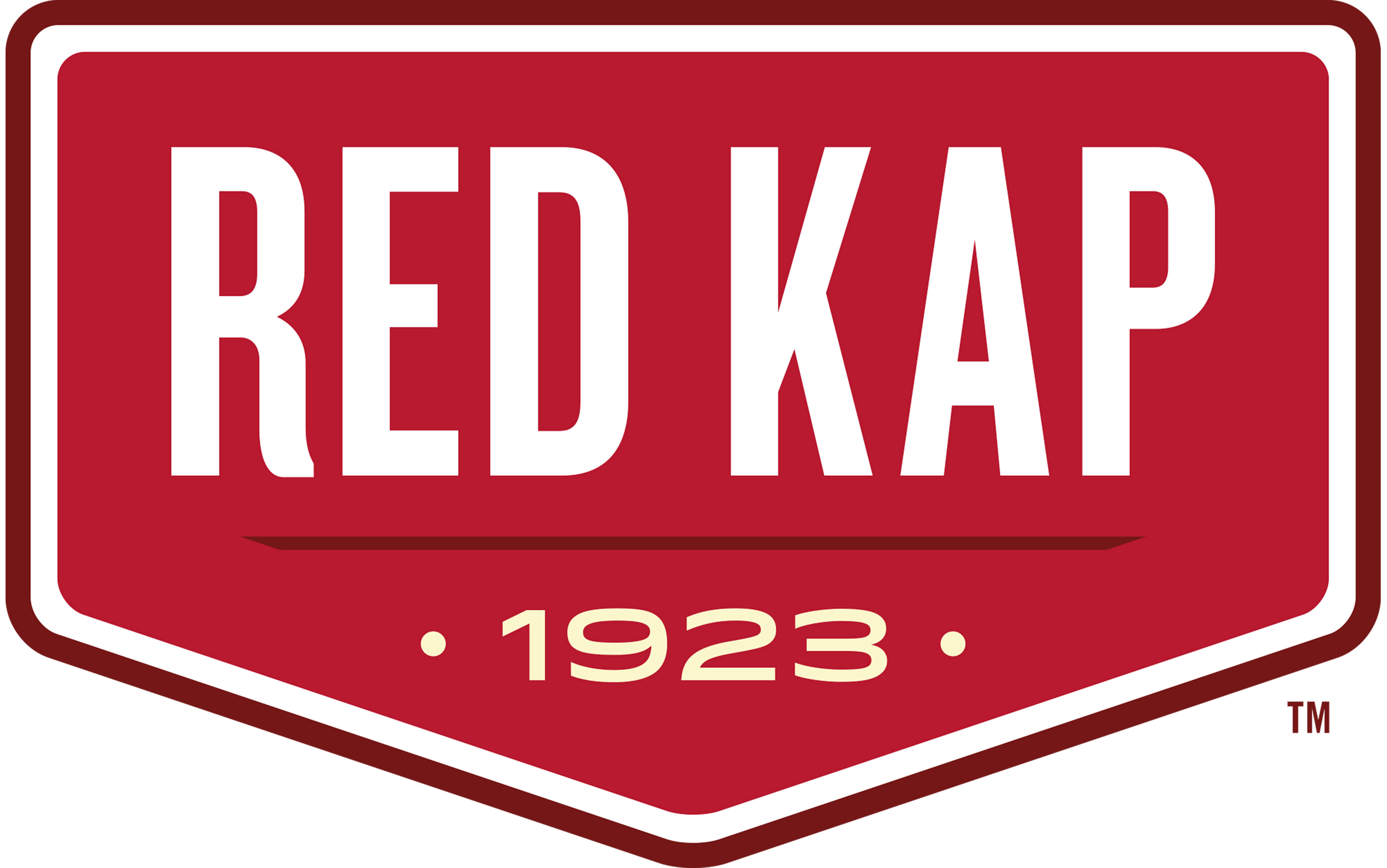When it comes to casual clothing, there are instances where it's "shirting" or "t-shirting," and while you may see "shirt" and "t-shirt" used interchangeably, there is in fact a definitive difference. Understanding these differences is important for your professional wardrobe, appropriate corporate uniforms, or just looking polished.
At WearForm, we believe in our clothes working as hard as you do, so let's look at the most important features of each option to help you decide which option is right for you and, most importantly, tell you where to get high Quality Custom Work Shirts and Custom T-Shirts!
What This Means: Collar, Placket, and Fabric
The primary distinction between t-shirts and shirts consists of three construction features: the collar, the placket, and the fabric that is employed.
What is a shirt?

A shirt is essentially an upper body covering that has a collar, cuffs, and a placket (the vertical opening where the buttons are sewn, typically down the full length of the shirt).
- Structure: It has a defined structure and generally has some sort of seams and darts that tailor the shirt to fit wildly better.
- Fabric: It is generally constructed of various types of woven fabrics (for example, Oxford, Poplin, or Twill) that are designed to hold shape and structure better than other fabrics.
- Formality: Shirts range from business formal (Dress Shirts) to smart casual (Flannel or Camp Collar Shirts). A dress shirt is usually your best option to look polished and professional.
When to Choose a Shirt: A long-sleeve, branded shirt from the Custom Work Shirts category is the right choice if you want your brand to have a cohesive and uniform look for client-facing employees, trade shows, and official company events.
What is a T-Shirt?

The name t-shirt derives from the "T" shape formed by the body and sleeves. They encompass both casual, everyday apparel while representing the design of a comfortable t-shirt.
- Structure: T-shirts are always one continuous piece of fabric without a collar, buttons or any other fastening, and simply pulled over the head.
- Fabric: T-shirts are almost always knitted fabric (jersey or cotton blends). Knits drape in a soft, comfortable way while offering stretch.
- Formality: T-shirts are fully casual. They are the classic comfortable piece, across composites, and for active or outdoor environments.
When to Use a T-Shirt: If your staff work in a warehouse, a gym, or a more informal setting, or if you want comfortable merchandise to promote your logo, you cannot go wrong with a quality tee from our Custom T-Shirts line.
A Quick Guide to Shirt Styles
Not all shirts are the same. Understanding the subcategories helps you make a good selection on shirt for context specific situations.
Key Shirt Styles
| Style Name | Defining Feature | Best For |
| Dress Shirt | Crisp collar, often worn with a tie. | Business meetings, formal events, executive wear. |
| Button-Down Shirt | Buttons that fasten the collar points to the shirt body. | Smart casual, everyday office wear, great for layering. |
| Polo Shirt | A short-sleeved, soft-knit shirt with a placket and a soft, flat collar. (Technically a shirt!) | Golf, casual workplaces, uniforms in hospitality. |
Key T-Shirt Styles
| Style Name | Defining Feature | Best For |
| Crewneck | A round, close-fitting neckline. | The classic standard; versatile and universally flattering. |
| V-Neck | A neckline that dips to a point. | Wearing under button-up shirts, or to elongate the neck. |
| Henley | A collarless shirt with a short placket (usually 3-5 buttons). | Adding a touch more detail than a standard tee; layering. |
The Right Garment for the Right Job
When ordering custom apparel, the purpose of the garment is the most critical consideration.
-
For Authority & Presence: If you want your people to convey a professional authority and organization, be sure to always go with a collared shirt. The structured collar and cuffs instantly make the whole look more respectable and serious.
- 👉 Shop our Looks that Build Authority Here: Explore Custom Work Shirts
-
For Comfort & Mobility: If your people are using the garment for maximum mobility, breathability, and comfort, like teams working in fitness, logistics, or creative jobs, you need to be flexible with a knit t-shirt style of apparel.
- 👉 Shop Our Ultimate Comfort Tees: Browse Custom T-Shirts
Frequently Asked Questions (FAQs)
Is a polo shirt or a T-shirt?
A polo technically counts as a shirt. Although it is typically made of knit fabric like a T-shirt, it includes a collar and button placket, so it classifies as a collared shirt.
Can I wear a T-shirt under a dress shirt?
Yes! A cotton T-shirt (often a V-neck to hide the neckline) serves as a fantastic layer under a woven shirt to add warmth, guard against sweat stains, and lengthen the life of the more structured shirt.
Which is better for printing my logo?
Both are great for different reasons! T-shirts are ideally suited for large, bold graphics typically printed with screen-printing or vinyl. The shirt (like a polo or oxford) is usually ideal for a smaller, embroidered logo that will be placed more subtly on the chest or cuff for a more premium effect.




















